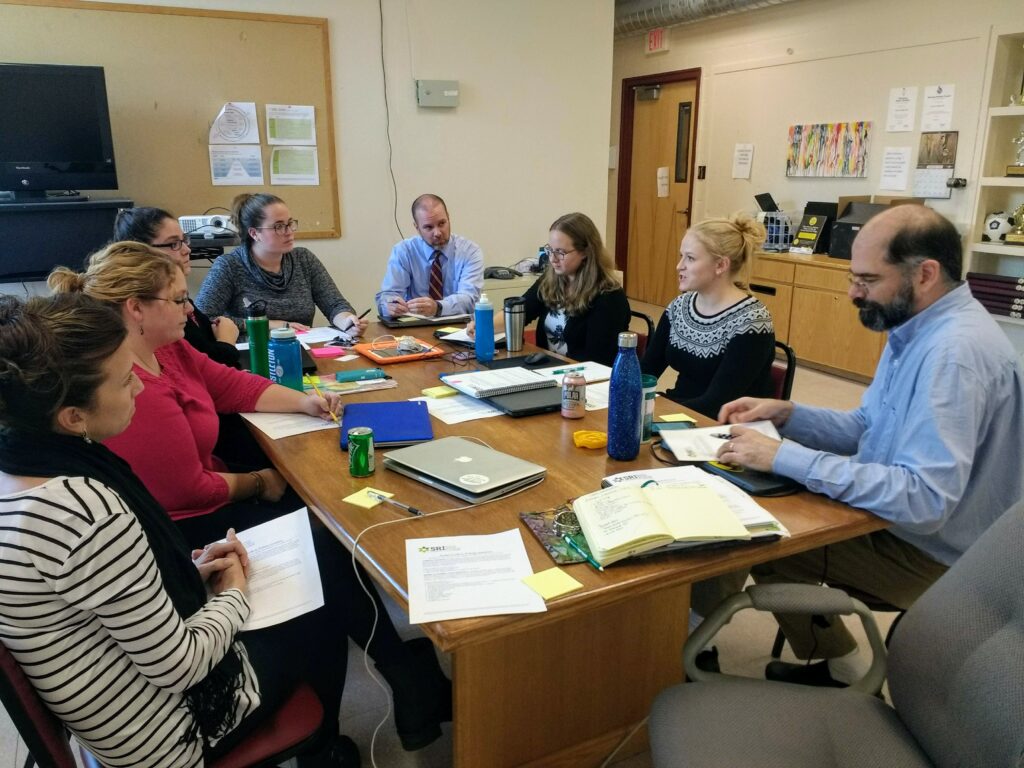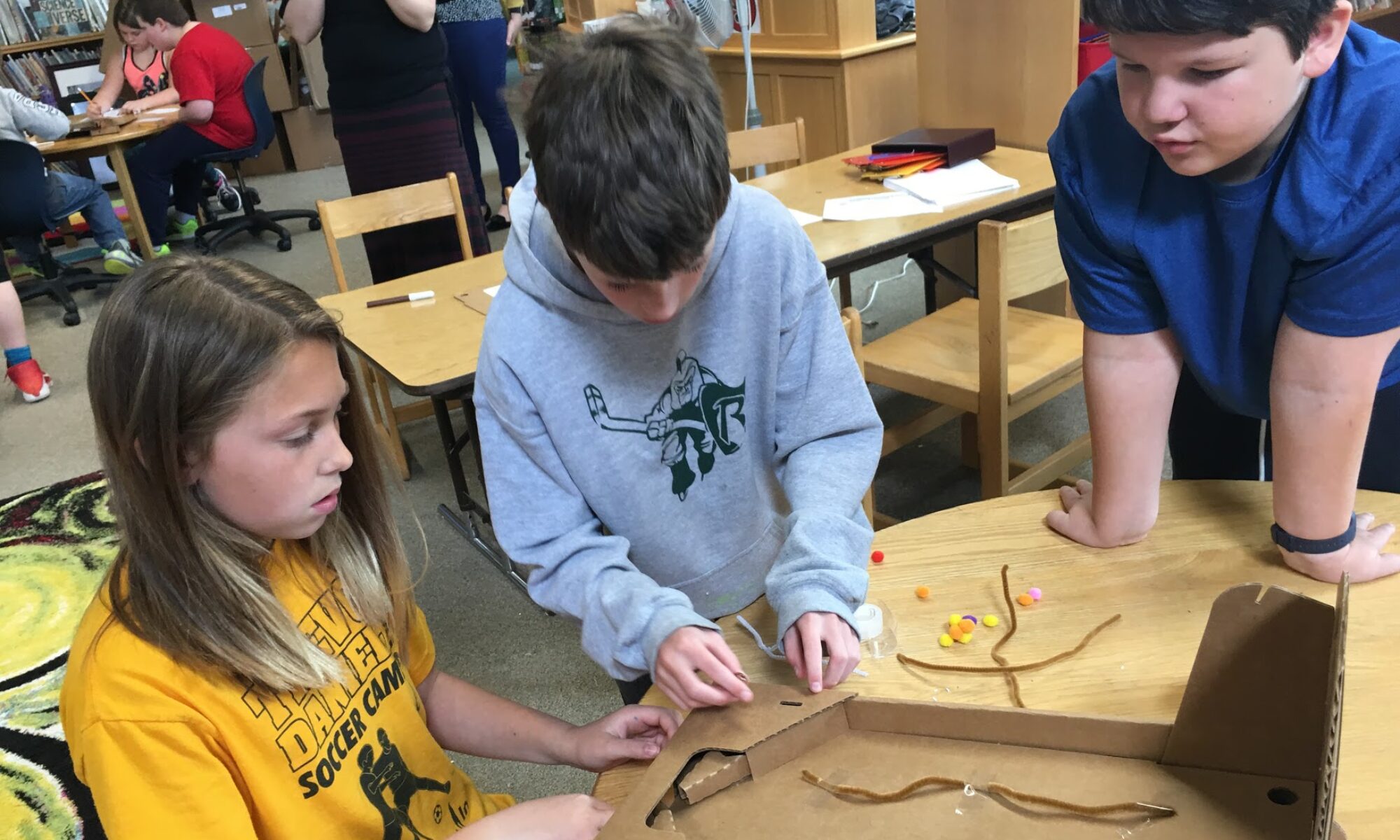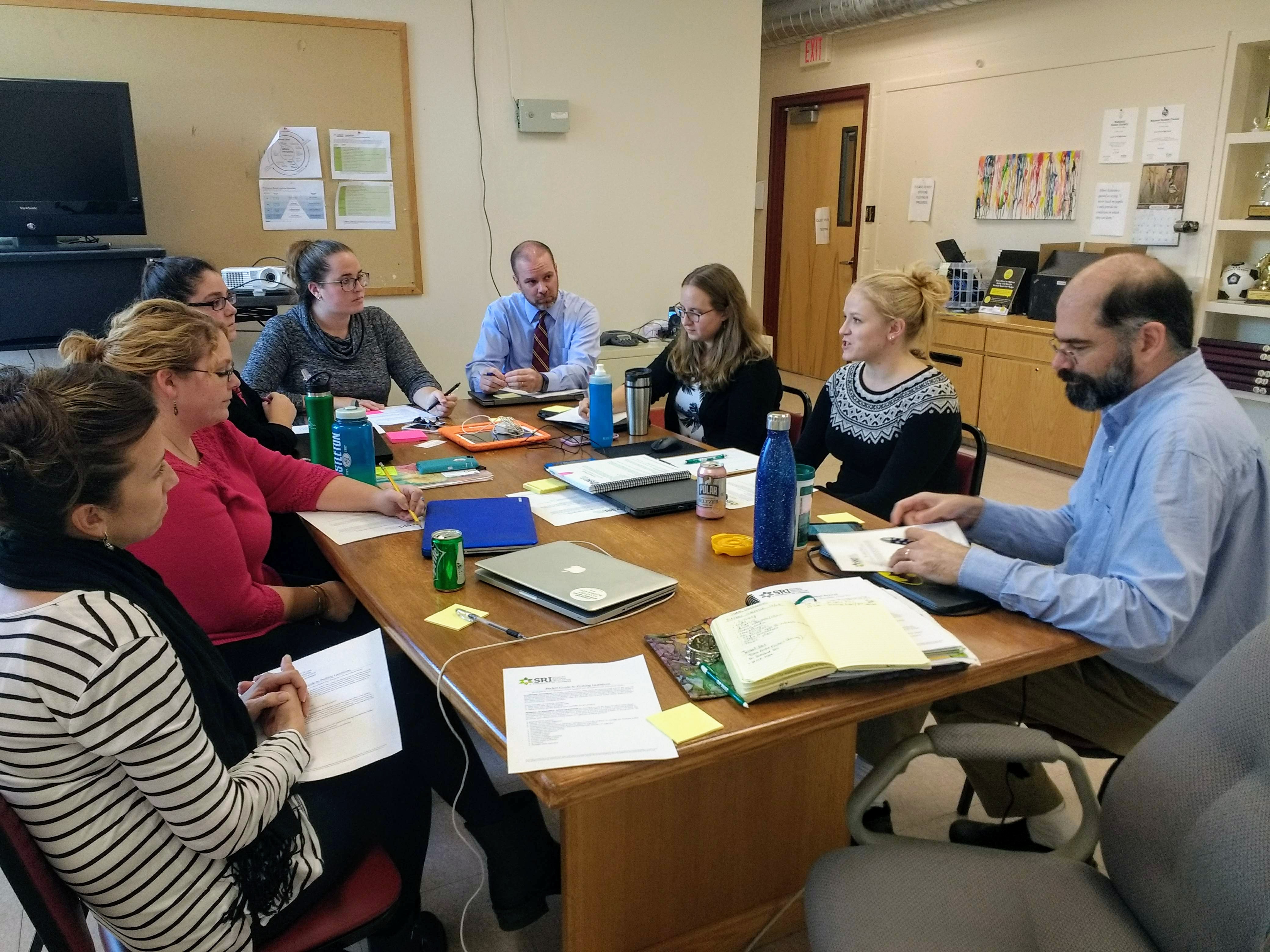Be better at team conversations
You know that spirited colleague of yours who dominates, practically filibusters, staff meetings with her lamenting and haranguing?
Or your colleague who is so thoughtful, but rarely speaks at staff meetings? Or it is you? Does your zest and passion bubble forth into conversations leaving little room for all voices? (Confession: that’s me!) Or do you retreat into silence as you watch the volley of conversation flutter around the room waiting for the pause that never comes?
https://twitter.com/NerdyMaestra/status/1072900684511670272
Whoever you are in a group, it appears that we need a little help bringing all voices into the conversation.
I first made this discovery in (shocker!) my elementary classroom.
We’ve all seen it. Whenever I circled up with my students to discuss the learning at hand, it was no surprise that the same five kids would simultaneously burst into conversation, while several others never seemed to get a word in edgewise.
So we started paying attention to how we had discussions. We talked about reflecting on if we were ‘first talkers’ or ‘not talkers’ or somewhere in between. Then we mapped our conversations, collecting data on who talked, for how long, how often. Finally, we learned about extroverts and introverts, internal and external processors: you know, the difference between those who think to talk and those who talk to think?
Then we talked about what we could do about it. Everyone agreed that it was important that everyone’s voice was heard. So we brainstormed strategies, like the use of a ‘talking piece’ (in our case it was often a ‘talking stapler’) that had to be in your possession before you spoke, or how the extroverts could use our voices to invite others into the conversation.
Collaboration is the key ingredient in most organizations.
It’s the synergy of ideas that brings the magic. Those other voices help us see the same thing in a new way. They bring a suggestion that solves the puzzle.
But in order to effectively collaborate, we need everyone’s ideas on the table. We need to hear all voices. And we seem to be operating under the assumption that as adults we do this well.
Except we don’t.
And I don’t think adults are too keen on using a ‘talking stapler’ to manage their conversations.
Enter: The Discussion Protocol.
What is a discussion protocol, you ask? It’s a conversation guided by a process to a specific outcome. There are directions and steps. There’s a facilitator who moves the conversation along. And there are specific types of feedback called for at different times.
There are several organizations out there who create and train folks around how to use protocols. I’ve always used the School Reform Initiative‘s work.
Check out a few examples of protocols:
- Chalk Talk – a ‘silent discussion’ which can be used to brainstorm, reflect, or solve problems;
- Charette – which can be used to improve a piece of work;
- or a Four A’s text protocol used to explore a text.
But folks, let me tell you, at first, I was seriously annoyed. It felt touchy-feely and stifling at the same time. I mean, we were a bunch of high functioning adults, for goodness sake!
Can we just talk about the thing without having to take timed turns?!
But it was the way we did things. So I persisted and tried to play by the rules. And you know what, it’s taken a while (several years, in fact) but over time, I’ve come around.
I’ve become a convert. Let me tell you why.
It’s simple, really. Conversations have become more effective. More fruitful. More spacious. Just better.
Instead of a constant barrage of input, there is a slowing down. Things are more thoughtful. Mindful even. No longer a firehose of words, but a gentle shower. We understand a problem before trying to solve it.
And everyone’s voices are heard. That’s part of the deal. Sure, you can take a pass if you have nothing to contribute — but everyone gets a turn! Without a stapler! #winning
But it’s not just me.
Last summer a group of teacher leaders and district coaches in Vermont’s Greater Rutland County Supervisory Union (GRCSU) embarked on a five-day training around collaboration and the use of protocols.
https://twitter.com/JPhillipsVT/status/1024421761771864064
It was so powerful to have a room full of teacher-leaders getting jazzed about leading professional development with their colleagues. As we all know, there is a huge lack of training on how to do this crucial work effectively.
Many of these teacher-leaders have taken on new roles as PLC leaders this year. This course provided us with tools and practice on how to plan meaningful professional learning, create a sense of belonging, and use protocols to dig into our work in meaningful and fruitful ways. One participant noted:
“I was very resistant to protocols prior to our training. I found them unnecessary and oppressive, but my thinking has changed: protocols can provide focus, structure, and create an environment in which participants can feel safe to take risks. I’m confident that protocols, when thoughtfully prepared and well-facilitated can create a productive environment.”
We solved each other’s problems
At one point each of us brainstormed a dilemma we struggle with in our work. We ruminated on the type of feedback we wanted: did we want to grapple with the getting at the core of the issue, or were we looking for crowdsource solutions?
Our facilitators introduced us to different protocols that would yield different outcomes and we selected one to meet our needs. Then, in small groups, many of us presented our dilemmas, with another participant playing the role of facilitator.
It was powerful
Folks felt that not only did they understand better how dilemma protocols work, but they actually received incredible feedback to move their work forward. It was clear how useful this could be back in our school settings. One teacher noted:
“I really enjoyed learning [to facilitate] these protocols. It dawned on me that they are meant to mimic a conversation between well-adjusted people. That is giving people time and space to talk and think.”
They were transformative; they helped us see our own thinking in new and productive ways.

But you don’t have to take (just) my word for it
GRCSU Innovation Coach Al Gregoritsch participated in that course, and he has been using protocols with his school’s PLC all year.
We had a teacher who wanted to try something different with a unit that they were designing. They were looking for something more dynamic than presentations from students for their summative assessment.
We picked a Charrette protocol and modified it a little to provide a little more back and forth discussion during the process… Everyone was comfortable with the group and the level of trust between the group members was high.
The presenter talked about where they had been in the past and what they were looking for in this unit, we had a deep discussion in which a number of ideas were presented. The teacher was able to take the feedback from the group and develop a lesson that worked for the class.
The process gave me a chance to work with this teacher as a coach through the unit. Not everything came out perfectly, but we will be having further discussions now on how to tune the unit and what changes can be made for future units.
Without the protocol, the discussion could easily have gone off track and we would have ended up having a discussion on the more general topic of Proficiency-Based Learning or Standards Based Grading, and not ended up with a good list of ideas that could be used to build a specific unit.
Gregoritsch has found that the more a group gets used to the process and reaps the benefits of the outcome, the easier it gets. He also notes that the seemingly rigid structure of the protocol can offer a safe space in which to build trust, and “in which people could share their thoughts without fear of having their ideas devalued. I remember thinking that that was pretty powerful. It provided equity for peoples voices.”
It’s important to be prepared!
Gregoritsch notes that taking time to prepare for the discussion, including pre-conferencing with anyone presenting work or dilemmas, and picking the right protocol are crucial for success. He cautions us
… to not over-do the use of protocols. Some room for organic discussion needs to be left and sometimes a protocol might be too much for the task, especially if the group is small.
His advice to those considering bringing protocols to their collaborative work?
The best advice that I can give anyone interested in using protocols in their work would be to practice with an experienced presenter or facilitator at first. Find a friendly group to work with where you will not have to worry about the negative opinion leader trying to derail the process. Once you have gained experience sorting through how the protocol process works and have had some practice picking the right protocol for the situation, then it is time to broaden your circle of influence and bring the protocols to a wider audience. For me this place to practice was at the Collaborative Practices Workshop that was offered over the summer. It’s ok to take time to figure it out and make mistakes. That is how we grow.
A word about trust
Protocols can be excellent if you use them bring equity of voices to a conversation, to bring forth new thinking in a generative way. They work best in learning communities where there is a high level of trust, and people are willing to be vulnerable. (And that’s a chicken or the egg situation: you need vulnerability to build trust, but you need trust to be vulnerable.)
However, protocols can also be used to control or manage people. They can be used to silence people. And that’s not okay, obviously. Used that way, protocols leave people feeling resentful and disconnected. And hating protocols.
A GRCSU training course participant confirms this type of experience.
“Oftentimes protocols are just shoved in front of us, yet the work was never put into making us feel that they were worth it or that it was something we were part of and had stakes in.”
That is a powerful word of caution. Nefarious protocol use can actually (further) damage a community, rather than bringing much-needed equity. Don’t do that. Word to the wise.
Instead, use protocols with integrity and clarity of purpose: both the purpose of the feedback and the purpose of getting all voices and all expertise included in the discussion.
So get training if you can
Training is so valuable to learn how to effectively use protocols and make sure you’re setting your community up for success. And, bonus, it will build your confidence and provide experience with facilitating protocols.
To find out about setting up training in Vermont, contact the Tarrant Institute’s Jeanie Phillips (who co-facilitated the amazing Collaborative Practices training for GRCSU). If you’re outside of Vermont, visit the School Reform Initiative’s event page to learn more about training options.


